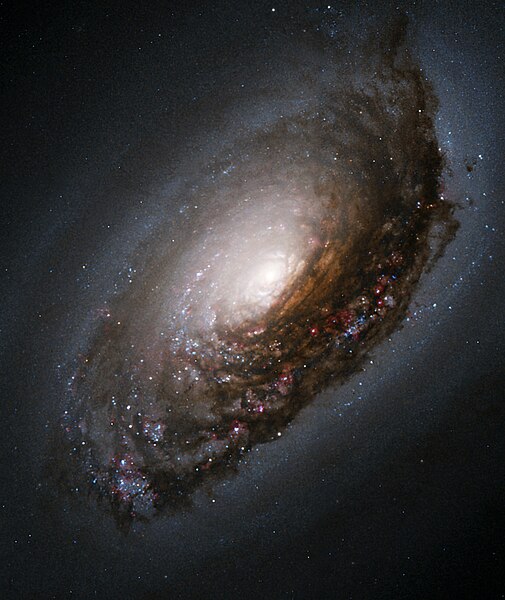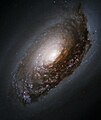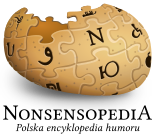Plik:Blackeyegalaxy.jpg
Z Nonsensopedii, polskiej encyklopedii humoru

Rozmiar podglądu – 505 × 600 pikseli. Inne rozdzielczości: 202 × 240 pikseli • 404 × 480 pikseli • 897 × 1065 pikseli.
Rozmiar pierwotny (897 × 1065 pikseli, rozmiar pliku: 774 KB, typ MIME: image/jpeg)
Historia pliku
Kliknij na data/czas by zobaczyć, jak plik wyglądał we wcześniejszych wersjach.
| Data i czas | Miniatura | Wymiary | Autor | Opis | |
|---|---|---|---|---|---|
| aktualne | 11:46, 2 cze 2005 |  | 897 × 1065 (774 KB) | wikimediacommons>CWitte | This image of M64 was taken with Hubble's Wide Field Planetary Camera 2 (WFPC2). The color image is a composite prepared by the Hubble Heritage Team from pictures taken through four different color filters. These filters isolate blue and near-infrared lig |
Wykorzystanie linków do pliku
Następujące strony korzystają z tego pliku:

